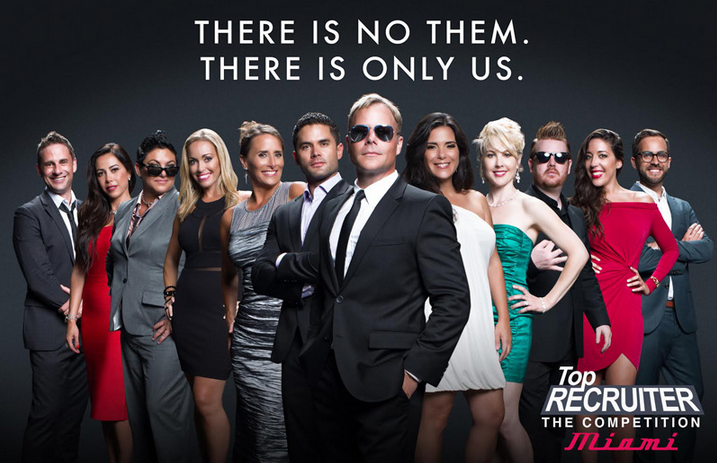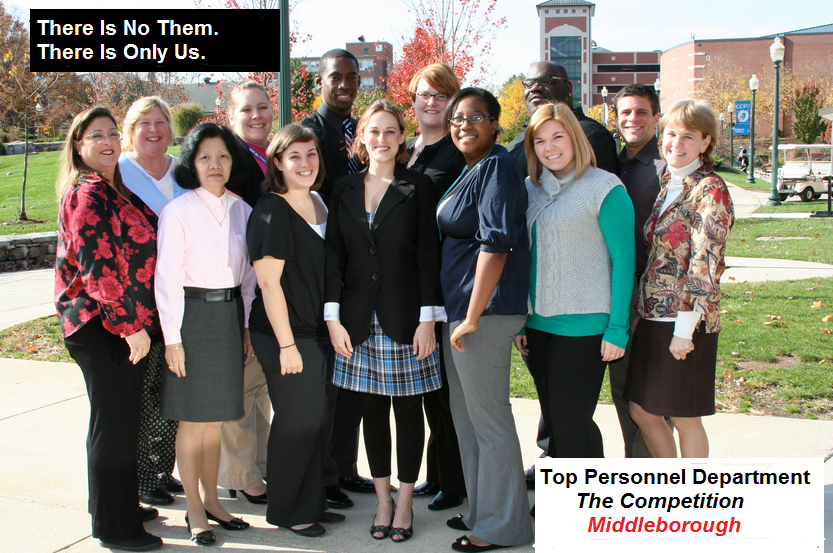Have you ever wondered why HR Departments continue to make complex processes? In reality, all of us, wants things simple. But, when you look at our organizations they are filled with complexity. It seems like the more we try to make things simple, the more complex they get. You know what? It’s you – it’s not everyone else. You are making things complex, and you’re doing this, because it makes you feel good.
From Harvard Business Review:
“There are several deep psychological reasons why stopping activities is so hard to do in organizations. First, while people complain about being too busy, they also take a certain amount of satisfaction and pride in being needed at all hours of the day and night. In other words, being busy is a status symbol. In fact a few years ago we asked senior managers in a research organization — all of whom were complaining about being too busy — to voluntarily give up one or two of their committee assignments. Nobody took the bait because being on numerous committees was a source of prestige.
Managers also hesitate to stop things because they don’t want to admit that they are doing low-value or unnecessary work. Particularly at a time of layoffs, high unemployment, and a focus on cost reduction, managers want to believe (and convince others) that what they are doing is absolutely critical and can’t possibly be stopped. So while it’s somewhat easier to identify unnecessary activities that others are doing, it’s risky to volunteer that my own activities aren’t adding value. After all, if I stop doing them, then what would I do?”
That’s the bad news. You have have deep psychological issues. Your spouse already knew that about you.
The good news is, you can stop it! How? Reward people for eliminating worthless work. Right now we reward people who are working 70 hours per week and always busy and we tell people “Wow! Look at Tim he’s a rock star – always here, always working!” Then someone in your group goes, “Yeah, but Tim is an idiot, I could do his job in 20 hours per week, if…” We don’t reward the 20 hour guy, we reward the guy working 70 hours, even if he doesn’t have to.
Somewhere in our society – the ‘working smarter’ analogy got lost or turned into ‘work smarter and longer’. The reality is most people don’t have the ability to work smarter, so they just work longer and make everything they do look ‘Really’ important! You just thought of someone in your organization, when you read that, didn’t you!? We all have them – you can now officially call them ‘psychos’ – since they do actually have a “deep psychological” reasons for doing what they’re doing – Harvard said so!
I love simple. I love simple HR. I love simple recruiting. I hate HR and Talent Pros that make things complex – because I know they have ‘deep psychological’ issues! Please go make things simple today!




